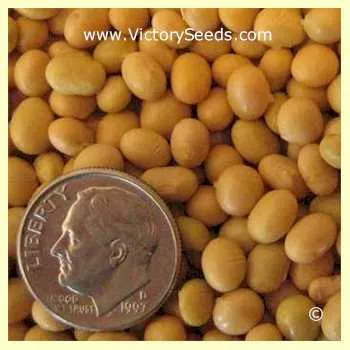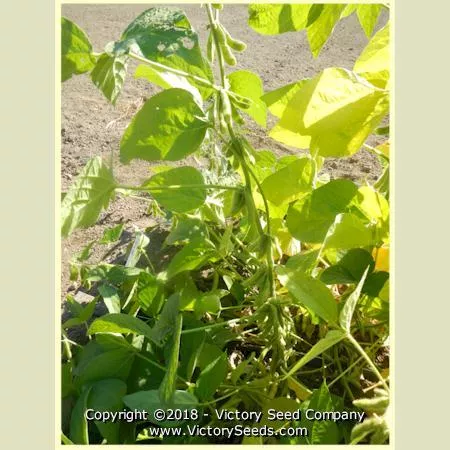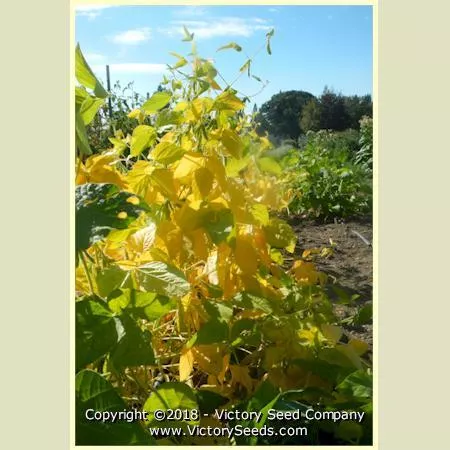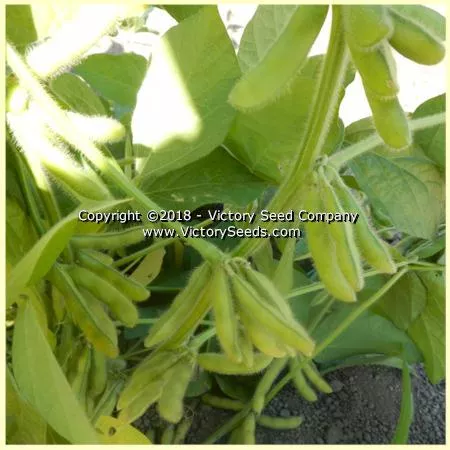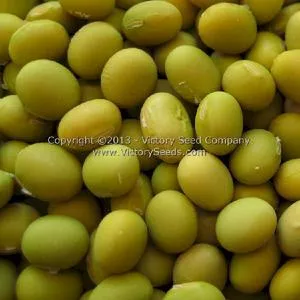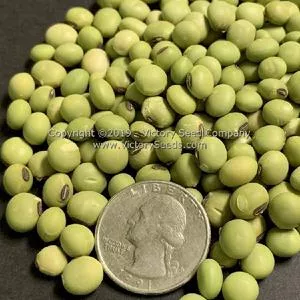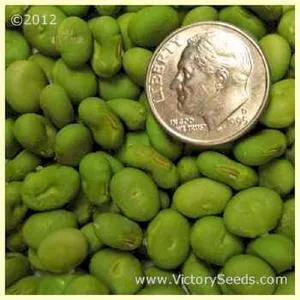



Canatto Soybean
Glycine max
Price: $3.95
SKU: 330064185 to 100 days, indeterminate - 'Canatto' plants are large, branch from the base, grow thirty to thirty-four inches tall, and produce large amounts of two-inch long pods, borne in clusters at the leaf joints all they way up the stalks. The pods each typically contain three beans that are uniform, small, and yellow in color.
'Canatto' is early maturing and well adapted for Northern climates. As one might conclude from the name, 'Canatto' is a natto-type soybean variety. Our original source was soy collector and preservationist, Chris Martin (CO MA C).
Genetic Classification: Open Pollinated
Planting Instructions:
Soybeans are a tender plant and should be sown after all danger of frost has passed and the soil has warmed. Planting them at about the same time as corn is a good rule.
Sow seeds about one inch deep, three to four inches apart. Although you can plant in rows, they can be planted densely and allowed to form a canopy. This will help control weed growth. Soybeans are tolerant of drought and poor soil since they fix nitrogen. They will, however, benefit from fertile soil.
Soybean flowers are perfect (self-fertile) and cross pollination is almost non-existent, making saving seed easy. Allow pods to fully develop and dry on the plants.
Sow seeds about one inch deep, three to four inches apart. Although you can plant in rows, they can be planted densely and allowed to form a canopy. This will help control weed growth. Soybeans are tolerant of drought and poor soil since they fix nitrogen. They will, however, benefit from fertile soil.
Soybean flowers are perfect (self-fertile) and cross pollination is almost non-existent, making saving seed easy. Allow pods to fully develop and dry on the plants.
Note: If you are unfamiliar with natto, it is a traditional, and very ancient, Japanese food made by fermenting soybeans with Bacillus subtilis or Bacillus natto. It is a popular breakfast food in some regions of Japan but can be an acquired taste due to its strong smell and flavor, as well as its slippery texture.
Customer Reviews:
Do you have experience with this one? 📝 📣 Write a review!
No reviews have been posted yet.

